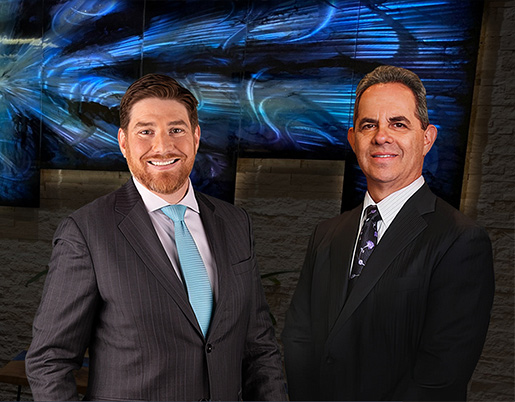Since the end of 2009, China has become one of the largest auto manufacturers and markets in the world. The number of registered vehicles on the road in China reached 62 million in 2009, and is expected to exceed 200 million by 2020. Almost half of the cars manufactured and sold in China are Chinese vehicles, the rest are being produced by joint ventures with foreign car makers such as Volkswagen, General Motors, Hyundai, Nissan, Honda, Toyota,… etc.
The negative impact of cars in Chinese cities is already obvious. Congested roads, car accidents, fuel shortages, air pollution, parking difficulties,…etc, have already become issues. Government officials warn that overcapacity of the market will lead to negative market competitiveness, a loss in enterprise efficiency, factory stoppages and other problems. Analysts feel that the development of green energy vehicles is the best way for China to reduce the environmental impact the exploding auto industry will have on their country.
The green industry in China may seem like a good market to get into, but the hope that American workers will see their products exported to this rich foreign market are not good. China will only do business with companies who share their intellectual property and who manufacture in their country. A foreign company must enter a joint venture with a Chinese firm, and that the firm has to have substantial ownership of the intellectual property, otherwise, there will be a duty on making the car in China.
The White House has already got a jump start on electric technologies by encouraging construction of plants that make electric cars, batteries and parts that go into them. According to the Obama administration, the United States is on track to produce 40 percent of the world’s battery technology by 2015. The industry expects the American market to gobble up most of that supply. In order to keep jobs here, U.S. demand for EV components must rise, otherwise the risk of exporting yet another industry away from U.S. soil will be the result.
 Mercedes-Benz is recalling 85,000 2010 C-Class and 2010-2011 E-Class automobiles for problems with the steering. According to Mercedes, a fitting on the high pressure power steering line may have not been tightened enough which could lead to a leak. As a result, the driver may not be able to control the vehicle under circumstances that require maximum power steering.
Mercedes-Benz is recalling 85,000 2010 C-Class and 2010-2011 E-Class automobiles for problems with the steering. According to Mercedes, a fitting on the high pressure power steering line may have not been tightened enough which could lead to a leak. As a result, the driver may not be able to control the vehicle under circumstances that require maximum power steering. 








